Combination of VSLAM and a Magnetic Fingerprint Map to Improve Accuracy of Indoor Positioning
Abstract
1. Introduction
2. Related Algorithms and Studies
2.1. Simultaneous Localization and Mapping
2.2. Magnetic Fingerprint Map
2.3. Hybrid Indoor Positioning
3. Methodology
3.1. Experimental Area
3.2. Study Process
3.3. Relative Matching Method
3.4. ORB-SLAM
3.5. Coupling and Constraining System
4. Results and Discussion
4.1. Analysis of the Results of the Training Phase
4.2. Analysis of Constraint Correction
5. Discussion and Conclusions
- Magnetic field positioning has the advantage of a low cost, and the fingerprint map has a sufficient stability. With the use of different algorithms, the success rate and stability of matching can be increased. In this study, square grid path planning was used to collect the magnetic field data, and the Kriging interpolation and WKNN deterministic matching methods were used to obtain the magnetic field positioning results of the initial coordinate of the user in a short time. From the magnetic fingerprint map, the user′s coordinates could be obtained, and the positioning accuracy could still maintain the required standard.
- ORB-SLAM shooting could improve positioning stability and prevent a large trajectory offset in the later stage by planning paths in advance to ensure the closeness of trajectories to each other when a closed route is being shot. Furthermore, the shooting images were mainly obtained from a short distance. When the target was far away, there was only rotation, and there was no parallax between images, resulting in sparse keyframe generation and decreased accuracy. Finally, pure rotation movement was avoided, and half of the feature points in each image were obtained from the previous image.
- This study combined the advantages of VSLAM and a magnetic fingerprint map to improve the accuracy of indoor positioning. Magnetic matching coordinates were used as the initial coordinates of the ORB-SLAM route as well as a scale basis to overcome the weakness of a single positioning technology. The findings indicated that the accuracy of positioning can be improved from a range of 1.5 to 2 m to a range of 0.5 to 0.7 m through the proposed method, and the same positioning accuracy could be achieved by using this method with mobile devices of different brands. Therefore, this method demonstrated strong positioning effectiveness and reliability and can be used as an alternative method for indoor positioning.
- Despite the fact that this study confirmed that the proposed method can effectively improve indoor positioning accuracy, the positioning system only applies to the relative coordinate system. The model only solved the collected data and conversion parameters in the computer through postprocessing. The research results still need to be developed to be able to be executed in the absolute coordinate system on mobile devices to achieve real-time indoor positioning. There are opportunities to create and apply subsequent applications based on the constraint method proposed in this study in the future.
Author Contributions
Funding
Institutional Review Board Statement
Informed Consent Statement
Data Availability Statement
Conflicts of Interest
References
- Torres-Solis, J.; Falk, T.H.; Chau, T. A Review of Indoor Localization Technologies: Towards Navigational Assistance for Topographical Disorientation; INTECH Open Access Publisher: Rijeka, Croatia, 2010. [Google Scholar]
- Ruizhi, C.; Liang, C. Indoor Positioning with Smartphones: The State-of-the-art and the Challenges. Acta Geod. Cartogr. Sin. 2017, 46, 1316. [Google Scholar]
- Tareen, S.A.K.; Saleem, Z. A comparative analysis of sift, surf, kaze, akaze, orb, and brisk. In Proceedings of the 2018 International Conference on Computing, Mathematics and Engineering Technologies (iCoMET), Sukkur, Pakistan, 3–4 March 2018. [Google Scholar]
- Karami, E.; Prasad, S.; Shehata, M. Image matching using SIFT, SURF, BRIEF and ORB: Performance comparison for distorted images. arXiv 2017, arXiv:1710.02726. [Google Scholar]
- Rublee, E.; Rabaud, V.; Konolige, K.; Bradski, G. ORB: An efficient alternative to SIFT or SURF. In Proceedings of the 2011 International Conference on Computer Vision, Barcelona, Spain, 6–13 November 2011. [Google Scholar]
- Grisetti, G.; Kümmerle, R.; Stachniss, C.; Burgard, W. A tutorial on graph-based SLAM. IEEE Intell. Transp. Syst. Mag. 2010, 2, 31–43. [Google Scholar] [CrossRef]
- Strasdat, H.; Montiel, J.; Davison, A.J. Real-time monocular SLAM: Why filter? In Proceedings of the 2010 IEEE International Conference on Robotics and Automation, Anchorage, AK, USA, 3–7 May 2010. [Google Scholar]
- Mur-Artal, R.; Montiel, J.M.M.; Tardos, J.D. ORB-SLAM: A versatile and accurate monocular SLAM system. IEEE Trans. Robot. 2015, 31, 1147–1163. [Google Scholar] [CrossRef]
- Leutenegger, S.; Lynen, S.; Bosse, M.; Siegwart, R.; Furgale, P. Keyframe-based visual–inertial odometry using nonlinear optimization. Int. J. Robot. Res. 2015, 34, 314–334. [Google Scholar] [CrossRef]
- Li, B.; Gallagher, T.; Dempster, A.G.; Rizos, C. How feasible is the use of magnetic field alone for indoor positioning? In Proceedings of the 2012 International Conference on Indoor Positioning and Indoor Navigation (IPIN), Sydney, NSW, Australia, 13–15 November 2012. [Google Scholar]
- Zhou, J.; Wang, Y.; Li, X.; Cao, X.; Cao, H. Research on geomagnetic indoor positioning technology. Bull. Surv. Mapp. 2019, 18–22. [Google Scholar] [CrossRef]
- Le Grand, E.; Thrun, S. 3-axis magnetic field mapping and fusion for indoor localization. In Proceedings of the 2012 IEEE International Conference on Multisensor Fusion and Integration for Intelligent Systems (MFI), Hamburg, Germany, 13–15 September 2012. [Google Scholar]
- Xie, H.; Gu, T.; Tao, X.; Ye, H.; Lu, J. A reliability-augmented particle filter for magnetic fingerprinting based indoor localization on smartphone. IEEE Trans. Mob. Comput. 2015, 15, 1877–1892. [Google Scholar] [CrossRef]
- Qian, G.; Chellappa, R.; Zheng, Q. Robust structure from motion estimation using inertial data. Josa A 2001, 18, 2982–2997. [Google Scholar] [CrossRef] [PubMed]
- Corke, P.; Lobo, J.; Dias, J. An Introduction to Inertial and Visual Sensing; Sage Publications Sage UK: London, UK, 2007; Volume 26, pp. 519–535. [Google Scholar]
- Weiss, S.; Achtelik, M.W.; Chli, M.; Siegwart, R. Versatile distributed pose estimation and sensor self-calibration for an autonomous MAV. In Proceedings of the 2012 IEEE International Conference on Robotics and Automation, Saint Paul, MN, USA, 14–18 May 2012. [Google Scholar]
- Liu, Z.; Zhang, L.; Liu, Q.; Yin, Y.; Cheng, L.; Zimmermann, R. Fusion of magnetic and visual sensors for indoor localization: Infrastructure-free and more effective. IEEE Trans. Multimed. 2016, 19, 874–888. [Google Scholar] [CrossRef]
- Poulose, A.; Han, D.S. Hybrid indoor localization using IMU sensors and smartphone camera. Sensors 2019, 19, 5084. [Google Scholar] [CrossRef] [PubMed]
- Campos, C.; Elvira, R.; Rodríguez, J.J.G.; Montiel, J.M.; Tardós, J.D. Orb-slam3: An accurate open-source library for visual, visual–inertial, and multimap slam. IEEE Trans. Robot. 2021, 37, 1874–1890. [Google Scholar] [CrossRef]
- Xiao, J.; Qi, X.; Duan, X. Research status of magnetic matching algorithm and its improvement stragegies. Electron. Opt. Control 2018, 25, 55–59. [Google Scholar]
- Rosten, E.; Porter, R.; Drummond, T. Faster and better: A machine learning approach to corner detection. IEEE Trans. Pattern Anal. Mach. Intell. 2008, 32, 105–119. [Google Scholar] [CrossRef] [PubMed]
- Ning, F.S.; Dong-Chi, W. The Study of Using Smart Mobile Device for Step Length Estimation and Step Detection. Taiwan J. Geoinform. 2016, 4, 103–116. [Google Scholar]

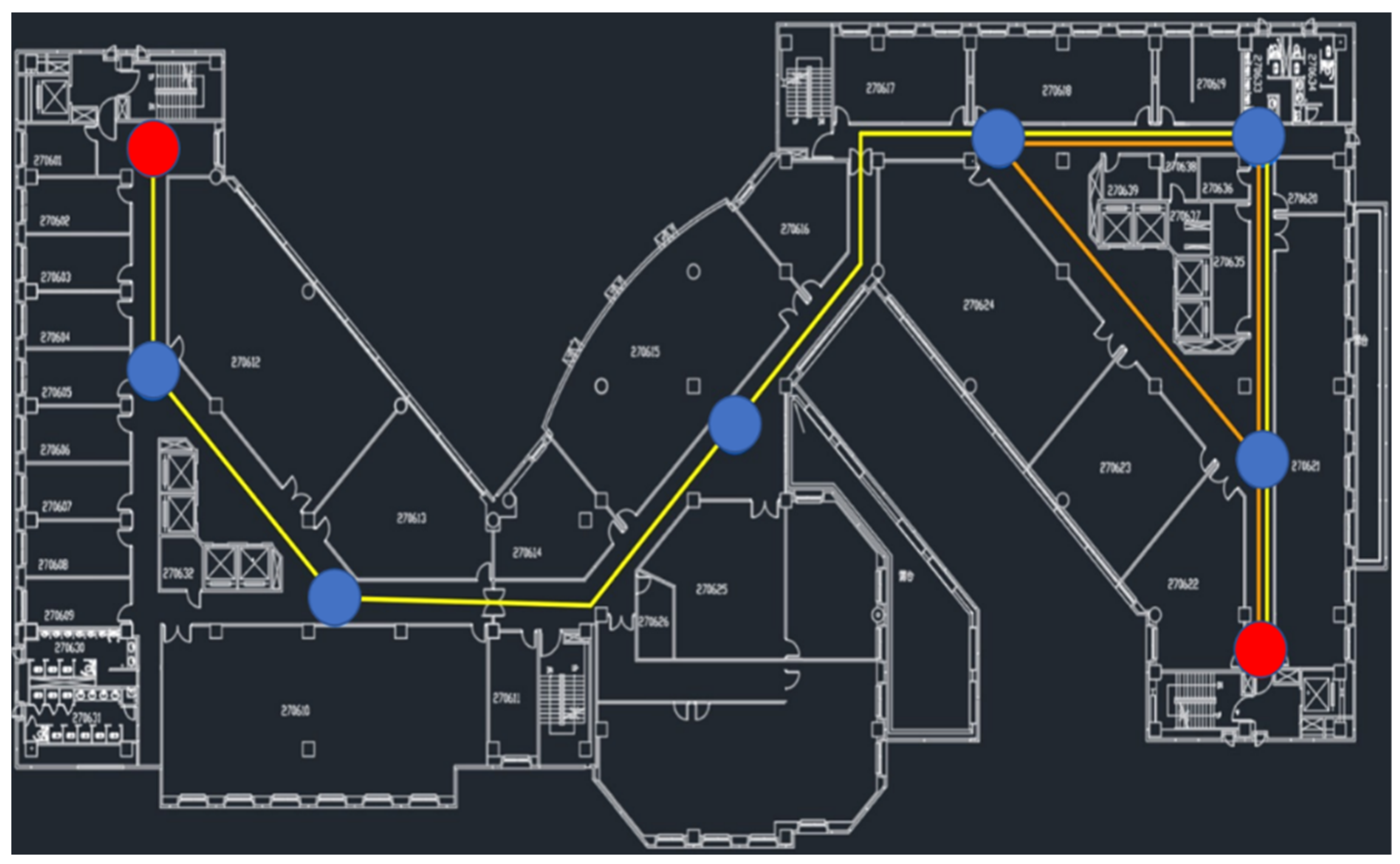
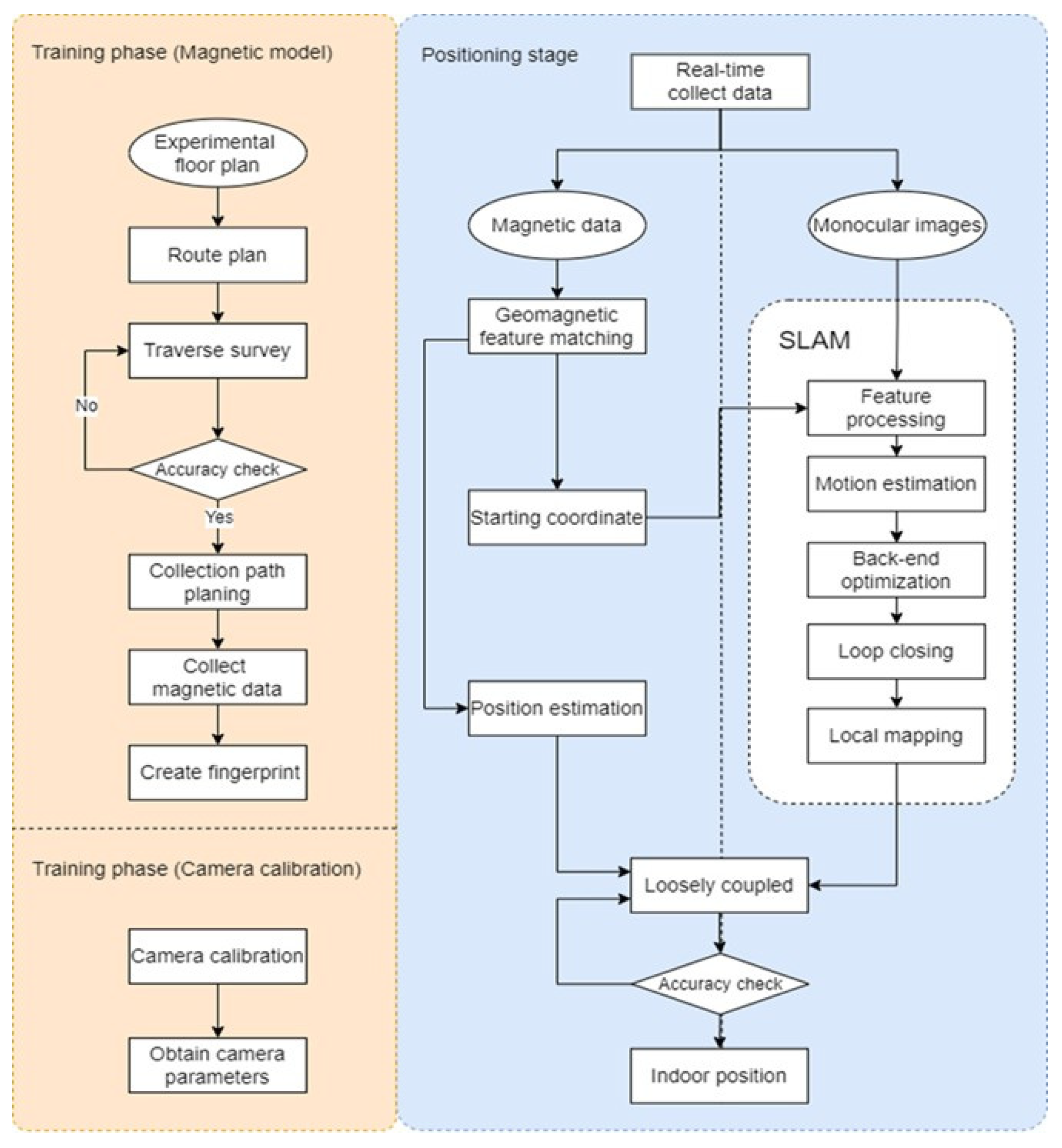
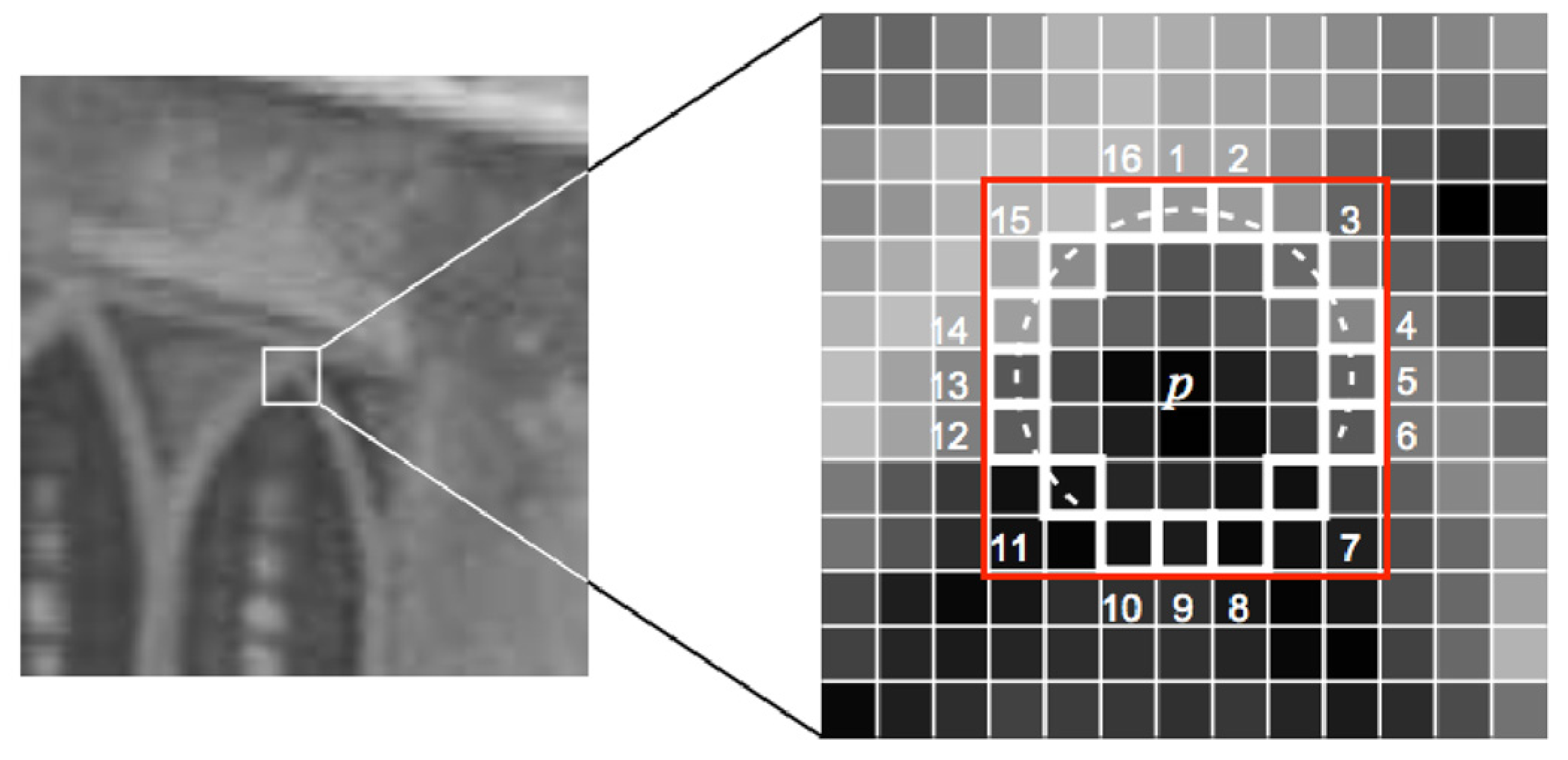

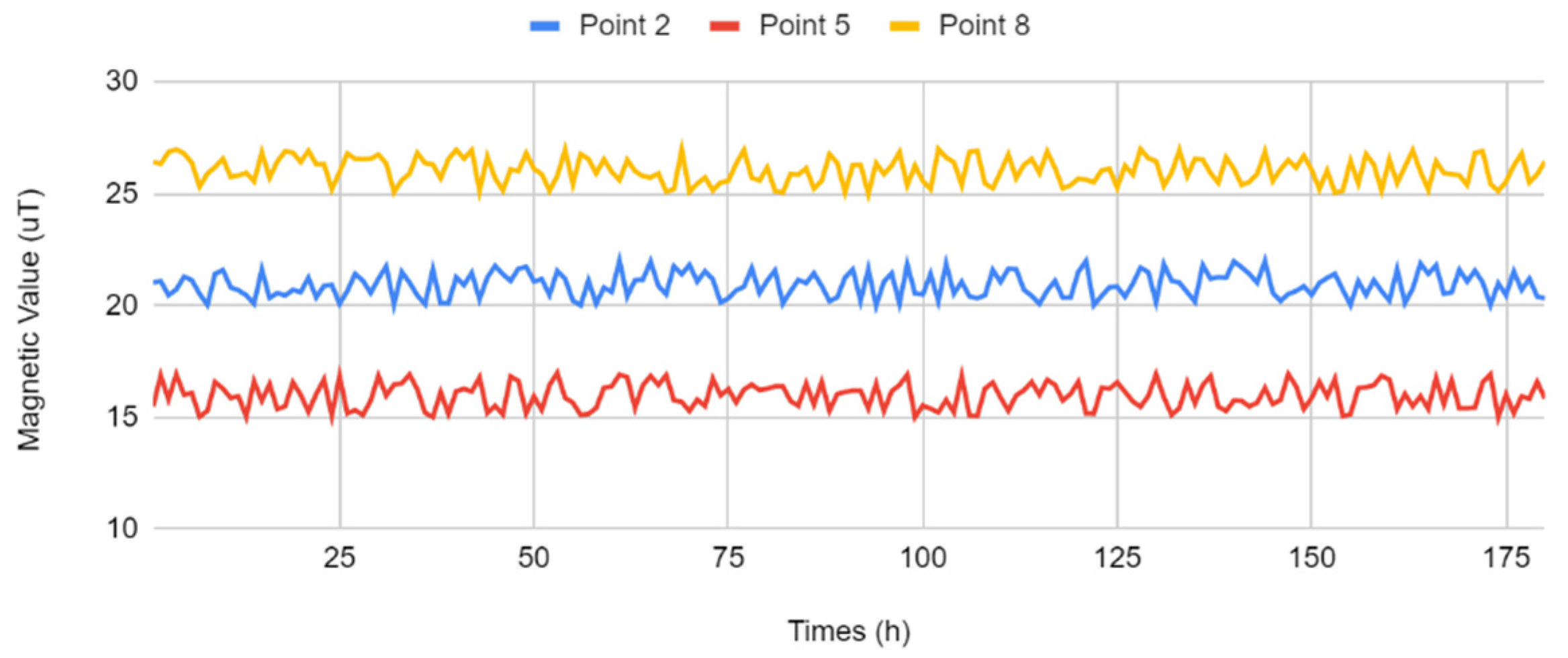


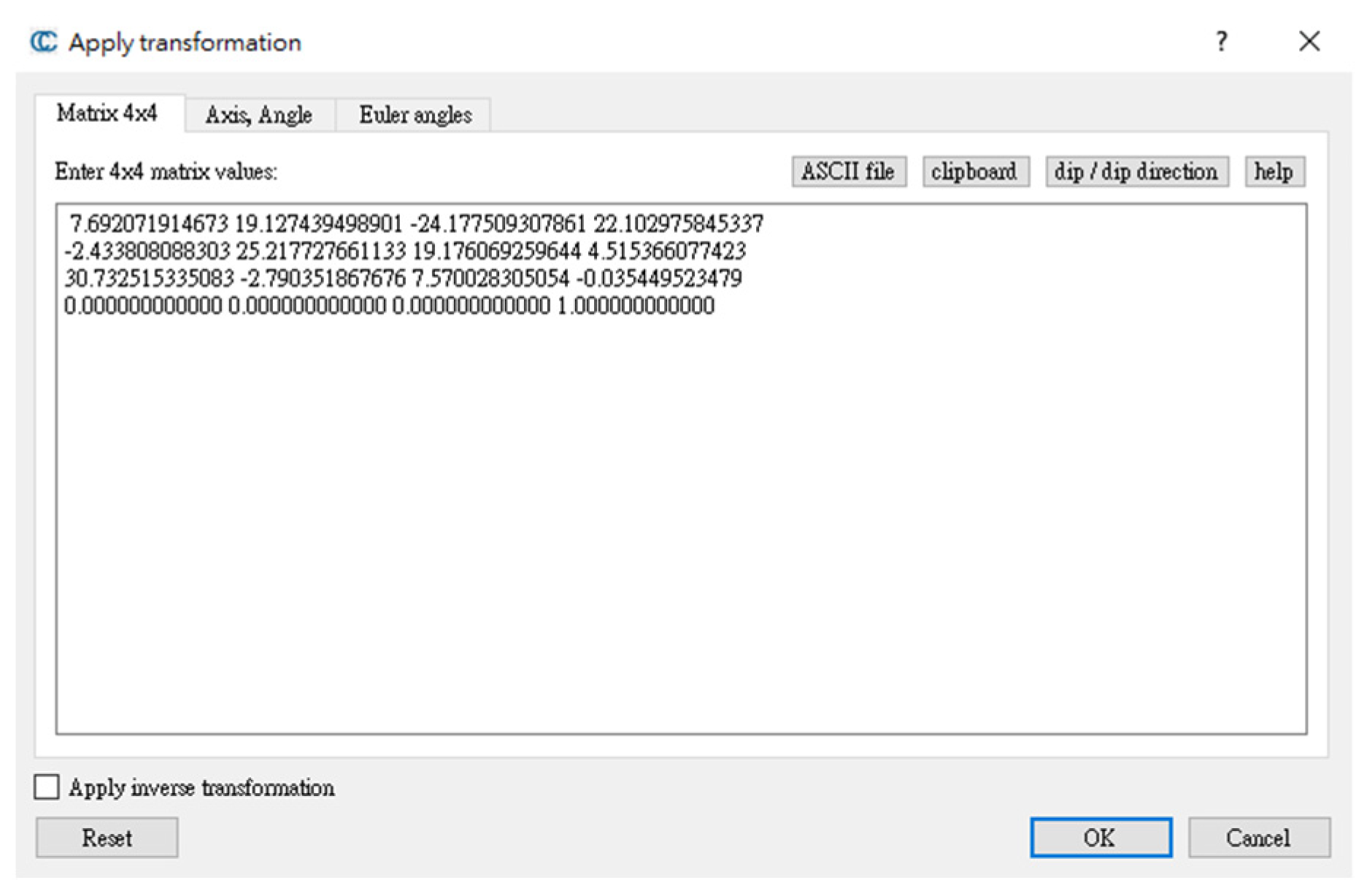
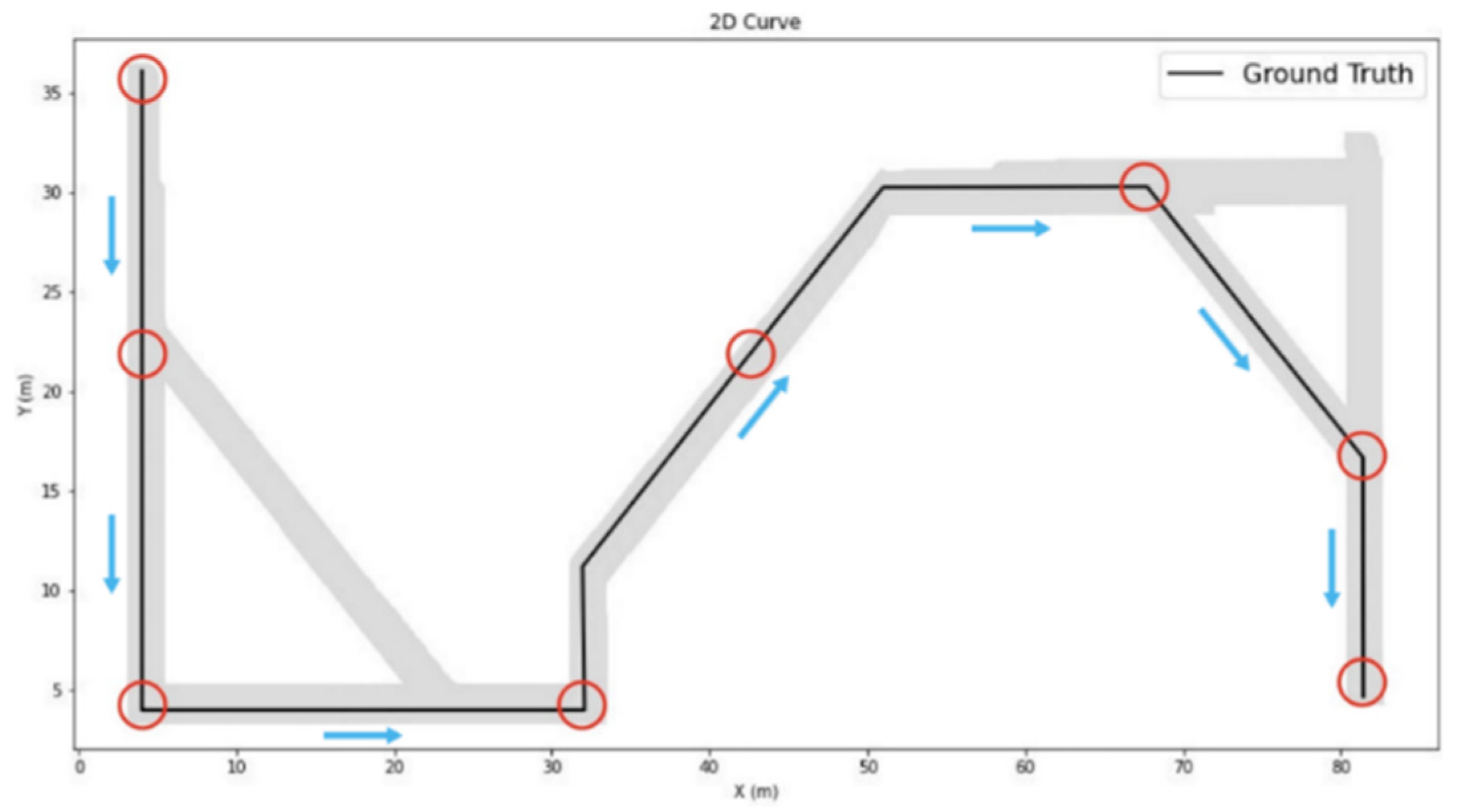

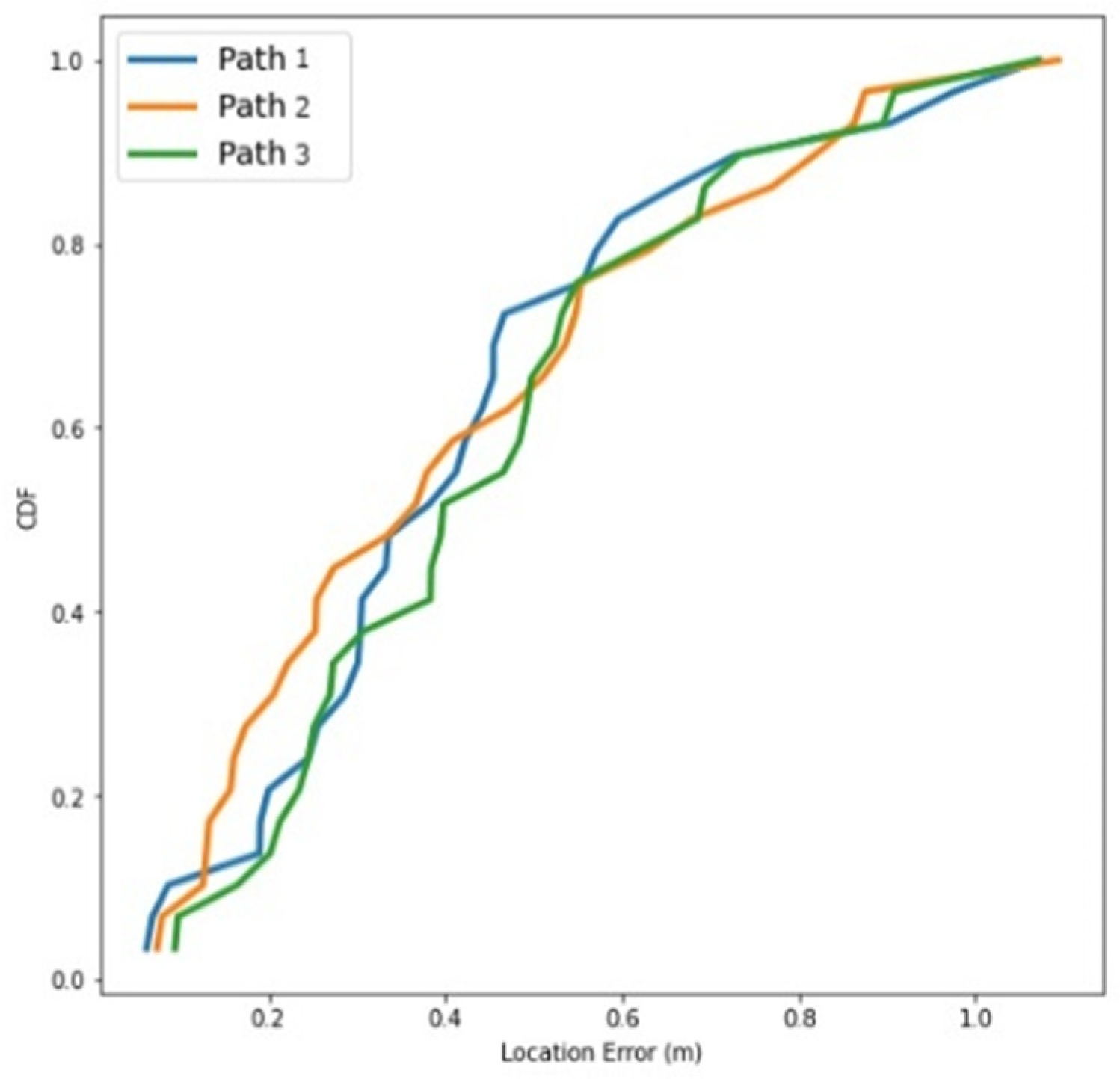
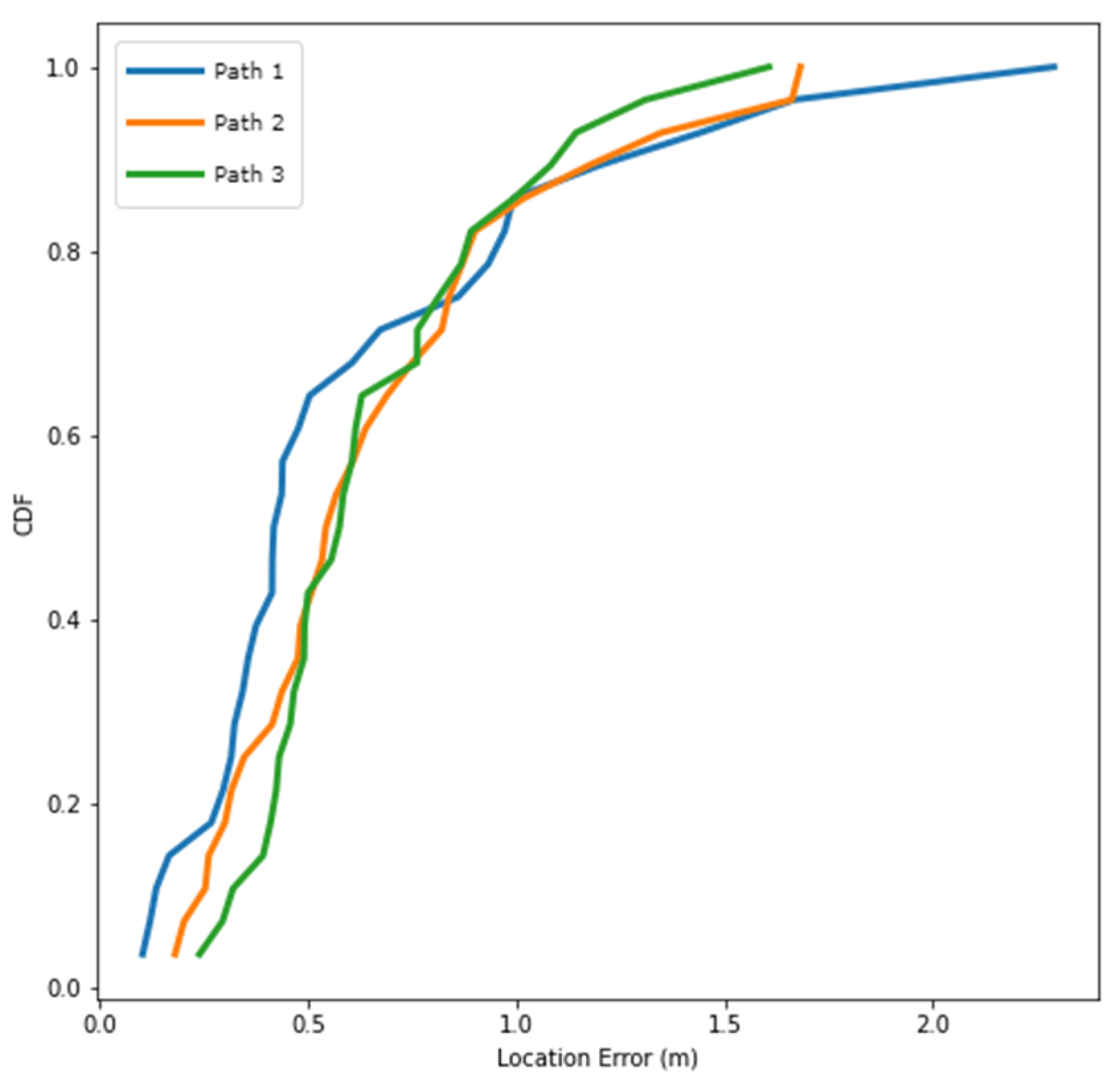
| Method | Way | Relation | Sensor | Scale |
|---|---|---|---|---|
| Tightly coupling | simultaneous | strong | centralized | small |
| Loosely coupling | nonsimultaneous | weak | decentralized | large |
| Positioning System | Method | Accuracy (m) | Scale |
|---|---|---|---|
| MSF [16] | EKF | 0.350 | 5 m3 |
| VMag [17] | Environment-aware Particle Filter | 1.095 | 2000 m2 |
| ORB-SLAM+IMU [18] | LKF | 0.140 | 18 m2 |
| ORB-SLAM3 [19] | Optimized image Location and Orientation | 0.043 | 250 m |
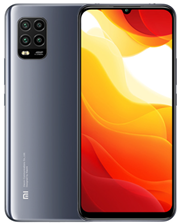 | Supplier | Xiaomi Corporation |
| Headquarters | Beijing, China | |
| Size | ||
| Display | 6.57” AMOLED TrueColor | |
| CPU | Qualcomm Snapdragon 765 G 2.4 GHz Octa-core processor | |
| OS | Android 10 | |
| Sensors | Accelerometer, Gyroscope, Magnetometer | |
| Camera | Rear: 48 million pixels, 1/2” ultra-large sensor, f/1.79 ultra-large aperture | |
| Front: 16 million pixels, 1080P (30 fps) |
| Element of Interior Orientation/Standard Deviation | Test 1 | Test 2 | Test 3 | |
|---|---|---|---|---|
| Camera Interior Orientation Elements | (pixel) | 653.135/0.346 | 655.121/0.371 | 653.189/0.351 |
| (pixel) | 314.571/0.646 | 316.008/0.610 | 315.486/0.597 | |
| (pixel) | 240.144/0.592 | 240.713/0.549 | 240.521/0.514 | |
| Radial distortion parameters | 0.114/0.0027 | 0.161/0.0024 | 0.085/0.0019 | |
| −0.468/0.0108 | −0.715/0.0098 | −0.804/0.00103 | ||
| 0.372/0.0002 | 0.422/0.0001 | 0.561/0.0001 | ||
| Decentering distortion parameters | 0/0 | 0/0 | 0/0 | |
| 0/0 | 0/0 | 0/0 | ||
| Min | Max | Mean | RMSE | |
|---|---|---|---|---|
| 1 | 0.062 | 1.072 | 0.603 | 0.693 |
| 2 | 0.074 | 1.093 | 0.613 | 0.683 |
| 3 | 0.094 | 1.069 | 0.622 | 0.678 |
| Mean | 0.076 | 1.078 | 0.613 | 0.685 |
| Magnetic Field | ORB-SLAM | Constraint | |||
|---|---|---|---|---|---|
| Mean Error (m) | Improvement % | Mean Error (m) | Improvement % | Mean Error (m) | |
| 1 | 4.264 | 85.86 | 20.790 | 97.10 | 0.603 |
| 2 | 4.411 | 86.10 | 21.774 | 97.18 | 0.613 |
| 3 | 4.067 | 84.71 | 22.071 | 97.18 | 0.622 |
| Mean | 4.247 | 85.58 | 21.545 | 97.16 | 0.613 |
| Magnetic Field | ORB-SLAM | Constraint | |||
|---|---|---|---|---|---|
| Mean Error (m) | Improvement % | Mean Error (m) | Improvement % | Mean Error (m) | |
| 1 | 1.746 | 63.40 | 12.217 | 94.77 | 0.639 |
| 2 | 1.672 | 55.76 | 12.392 | 94.03 | 0.740 |
| 3 | 1.868 | 61.93 | 11.585 | 93.86 | 0.711 |
| Mean | 1.762 | 60.47 | 12.065 | 94.23 | 0.697 |
Publisher’s Note: MDPI stays neutral with regard to jurisdictional claims in published maps and institutional affiliations. |
© 2022 by the authors. Licensee MDPI, Basel, Switzerland. This article is an open access article distributed under the terms and conditions of the Creative Commons Attribution (CC BY) license (https://creativecommons.org/licenses/by/4.0/).
Share and Cite
Ning, F.-S.; Chen, M.-H.; Lee, S.-G.; Chen, Y.-C. Combination of VSLAM and a Magnetic Fingerprint Map to Improve Accuracy of Indoor Positioning. Sensors 2022, 22, 9244. https://doi.org/10.3390/s22239244
Ning F-S, Chen M-H, Lee S-G, Chen Y-C. Combination of VSLAM and a Magnetic Fingerprint Map to Improve Accuracy of Indoor Positioning. Sensors. 2022; 22(23):9244. https://doi.org/10.3390/s22239244
Chicago/Turabian StyleNing, Fang-Shii, Mei-Hsin Chen, Shan-Gjie Lee, and Yao-Chung Chen. 2022. "Combination of VSLAM and a Magnetic Fingerprint Map to Improve Accuracy of Indoor Positioning" Sensors 22, no. 23: 9244. https://doi.org/10.3390/s22239244
APA StyleNing, F.-S., Chen, M.-H., Lee, S.-G., & Chen, Y.-C. (2022). Combination of VSLAM and a Magnetic Fingerprint Map to Improve Accuracy of Indoor Positioning. Sensors, 22(23), 9244. https://doi.org/10.3390/s22239244






